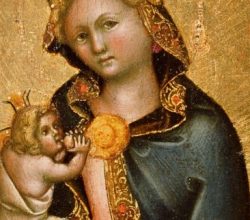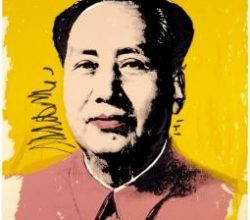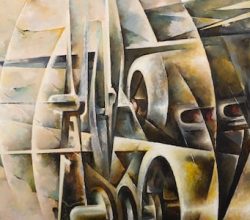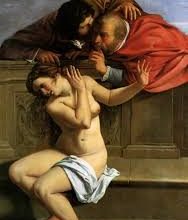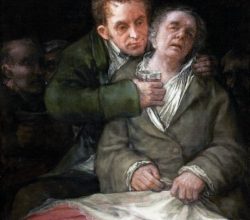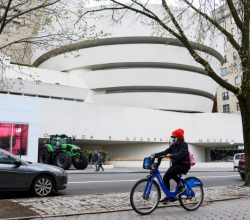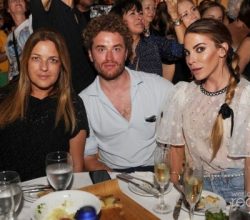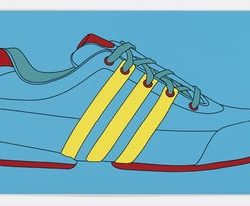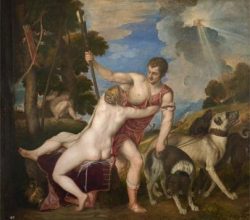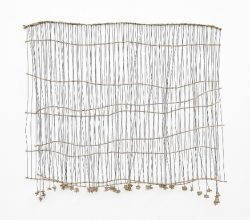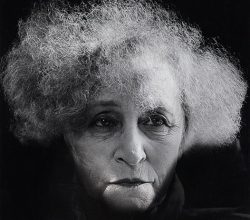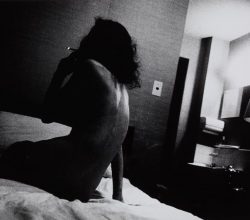
Discovering magic in the mundane with Daidō Moriyama, Japan’s street photography godfather
Miss Rosen | Document | 28th January 2020
A major exhibition of Moriyama’s work has been cancelled. Images from that show are here and the linked piece is a recent assessment of his work. Moriyama declares that photography is “simply copying” but then admits “as a photographer, I make discoveries”. Often, those discoveries are the beauty to be found in gritty urban life. Cumulatively, his prolific output amounts to a “eulogy to the intense state of modern life.”

